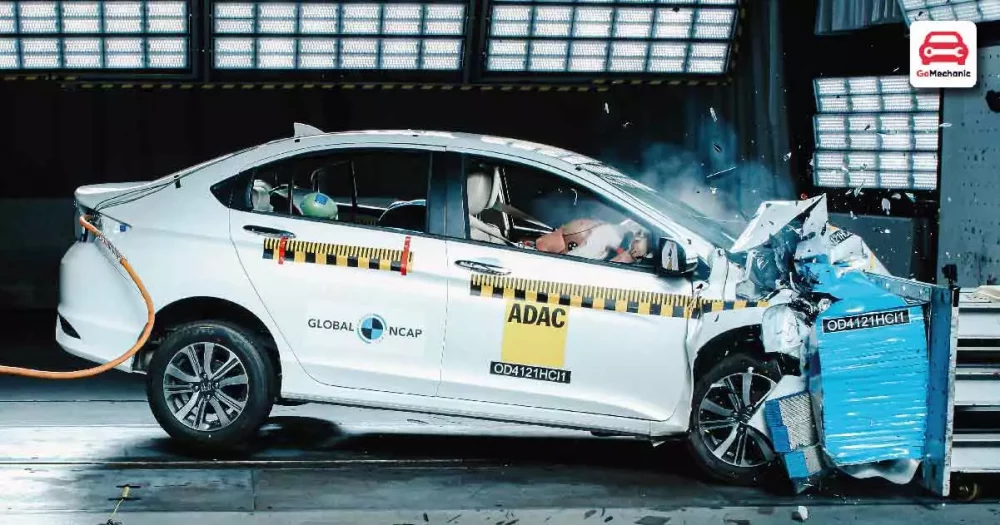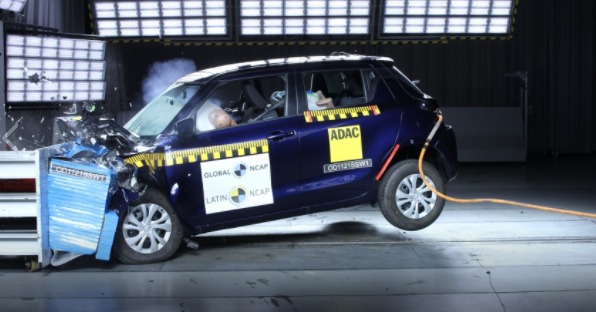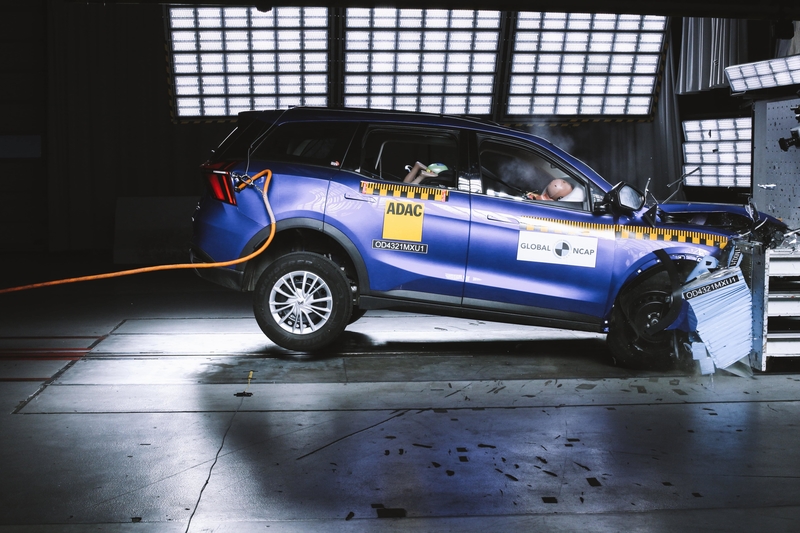Moments after the Bharat NCAP was approved, a 197-page draft for the same has been published on the internet. You can find this draft here. This draft gives us some technical details on the Bharat NCAP crash test and how it will be conducted. Today, we’ll explain some important points of the Bharat NCAP Draft to all of you folks in a few simple statements.
-
What does the Bharat NCAP Draft contain?
The 197-page draft contains detailed information on how the cars will be tested. The document explains details such as the selection process, result validity, test criteria and scoring formats, etc. There is also a provision for re-testing a particular vehicle if the testing agency or the manufacturer believes that the quality of the test has been sub-par.
-
How will a car be selected?
According to the Bharat NCAP Draft, popular cars will be picked up for testing. In the document, popular cars are defined as cars that have sold more than 30,000 units from their date of manufacturing. BNCAP will pick up those variants of these cars that are equipped with the least safety features, ie, the base models. If a manufacturer wishes, they can opt for a voluntary test of a higher variant of the same car as well. 
-
How will retesting work?
The Bharat NCAP Draft clearly states that retesting and reassessment of a car can be possible in remote cases. In cases where the OEM finds that the data from the test is inadequate, a request for a retest may be filed. Here, BNCAP will ask the OEM for their internal test reports. If there are no internal test reports submitted, BNCAP will publish a star rating based on their tests. Moreover, all the costs for a retest or a reassessment will be bared by the OEM.
-
How long is this test valid for?
A crash report will be valid until the car undergoes structural changes or addition in features that might change the test results. Every facelift of a car may not be necessarily tested as most changes are either electronic or cosmetic. This decision will be made by the authorities only. 
-
How will the results be published?
Once testing is done and scores are calculated, the results will be published on the BNCAP website. The tested vehicles will be given an overall star-based rating, where 5 stars will be the highest. BNCAP may also publish more details of the test and give percentage ratings for each test. The car will be tested for the safety of adult and child occupants. There will be 3 tests – a frontal impact test, a side impact test, and a pole impact test. The tests will be conducted at 64KM/hr, 50KM/hr and 29KM/hr respectively. The child safety score is not applicable for the pole impact test.
-
What is the standard of these tests?
The Bharat NCAP Draft holds numerous references from the Global NCAP. This means that most of the tests will be of the same standard as that of the GNCAP. The speeds of these tests are also very similar to the GNCAP. 
-
Test results for Corporate Twins
There is a special place in the Bharat NCAP Draft for corporate twin vehicles. Corporate Twins are defined as two OEMs selling the same cars under different badging. For example – Maruti Baleno and Toyota Glanza. If the authorities are satisfied that two vehicles are of the exact same nature, and are being sold by different manufacturers, the same scores can be applied to both cars.
Here were a few important points from the Bharat NCAP Draft. Do you think that this will be a revolutionary step for Indian cars? Let us know in the comments below!





